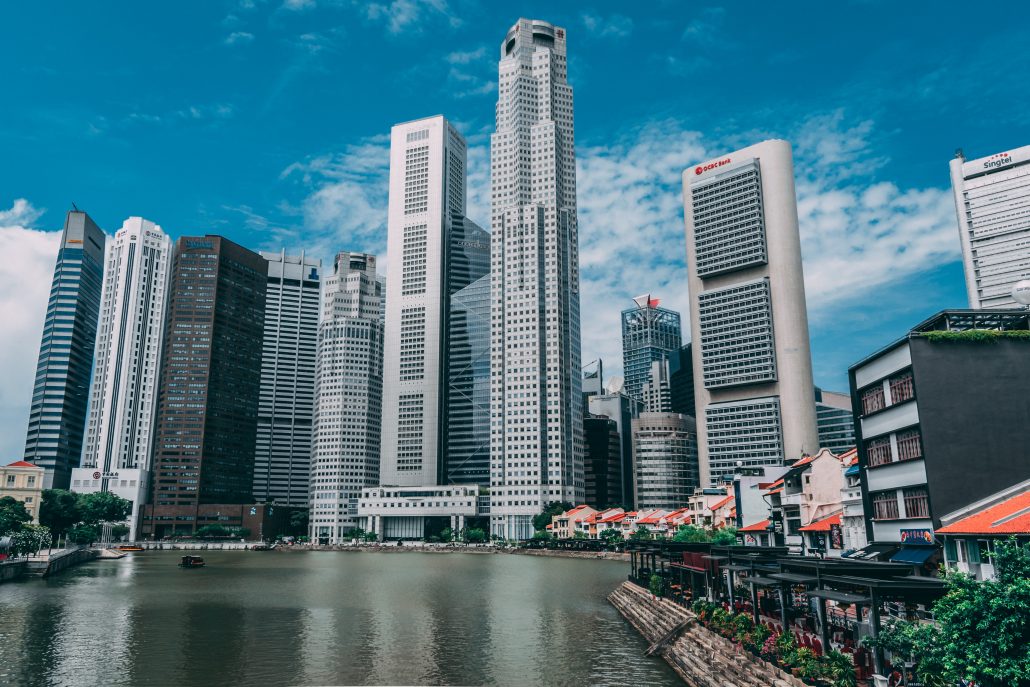As many of us move into our 5th month of working primarily from home, some of us may be wondering: is this the beginning of the end of the commercial real estate industry? This does not come as a surprise to many, with remote working and telecommuting now set as the default amidst the ongoing COVID-19 pandemic. While Singapore has been largely successful in her battle against the virus with current low daily reported community cases, the fight is far from over. With countries all around the globe reporting waves of reinfections, this is not the time for Singapore to loosen her grip just yet. However, the new normal has kept many investors and commercial developers on their toes, with demand for such spaces currently on a downward trend. In this article, we will explore what are some factors that have led to this current trend, as well as provide insights on the future of the real estate commercial sector.

Under such an unprecedented economic situation, landlords of commercial spaces have to adapt to survive, with their current hopes placed on defending existing streams of income and tenant occupancy. As such, expectations and sentiments are tailored accordingly, with landlords keeping rental rates low to retain existing tenants to preserve cash flows, and hopefully be able to attract new tenants. In a report published by Knight Frank, rental rates in the Prime Grade office categories saw a precinct reduction for the second quarter in Q2 2020, by a 4.1% quarter-on-quarter to the current $10.61 per square per month. With most businesses tightening their belts and prioritising the preservation of cashflow, cutting cost would often be a factor of consideration. As such, taking up tenancy in these Prime Grade office spaces may no longer be as financially optimal. These two factors serve to reduce overall demand for these commercial real estate spaces.
Should the pandemic persist, unemployment levels would continue to hike. As such, with lesser space needed to accommodate fewer workers, this would generate a downhill slope for the property market. An estimated 25,600 individuals have been furloughed as of March 2020, with numbers likely to hike should the virus persist for the longer term. Fortunately, the presence of technological advancements today has allowed for work to be done remotely and for companies to continue functioning (although not at full capacity), unlike in previous crisis such as SARS in 2002 and the Global Financial Crisis in 2009. This has smoothened the curve of the number of individuals being served retrenchment notices. Additionally, with governmental support for innovative business strategies post-pandemic such as the E-commerce Booster Package, this would create new and greater employment opportunities in the information, finance and technology sectors. Despite this, it remains uncertain if normal working behaviours and preferences would resume post-pandemic. This variability has resulted in many businesses opting for short-term leases over long-term options, adopting a wait-and-see approach to their expansion plans and expense budgeting.

While the abovementioned factors seem to paint a dead-end outlook for the commercial real estate sector, there are still reasons why investors and developers have yet to throw in the towel. With the presence of existing lease commitments and decade-long corporate practices, tenants are still bounded by contractual lease agreements. This buys time for players in the market to wait out and make more informed decisions at a later date. One of the reasons that players are still holding on, is the trust that humans need physical, face-to-face collaboration and interaction. Many articles have surfaced speaking of the effects of prolonged virtual and online-based interactions leading to phenomenon such as “Zoom Fatigue”. This term was coined from 2 separate terms, “Zoom” – one of the world’s current leading online meeting platform used by schools and businesses alike to foster collaboration and “Fatigue”. Individuals around the world are supposedly facing increasing levels of fatigue and restlessness, which could be attributed to factors such as the lack of activity due to ongoing lockdowns and travel restrictions, as well as the lack of real-time physical interactions. Capitalising on this fundamental human need, players are banking their hopes that the demand for office spaces would eventually return. However, the layout and systems in office arrangements may see changes, with potential shifts from previous traditional cubicle-style workspaces to greater collaborative spaces which are key ingredients in business innovation and creativity generation.
While the future of the real estate remains debatable and highly volatile at this point, what remains a definitive would be that COVID-19 will have permanent and irreversible impacts across different sectors and ways of life to varying degree. This will come in forms such as changes in jobs, communication, commuting and nation-wide policies. However, we urge Singaporeans to remain resilient in the face of change, and to seek personal development to remain relevant. Stay strong, Singapore!
Want to find the best mortgage rate in town? Check out our free comparison service to learn more!
Read more of our posts below!

